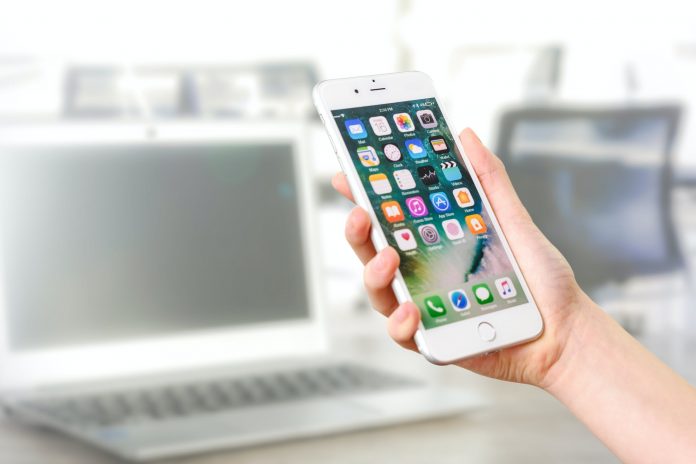Since the release of the Apple Watch Series 6, the blood oxygen sensor and its accompanying app are included as a way to monitor your heart and respiratory health, while measuring the oxygen saturation (SpO2) (how much oxygen from the lungs red blood cells will pick up, and transport them throughout the body).
This feature has been effective, so far, in detecting hypoxemia (or low blood oxygen levels). However, hypoxemia is notorious for being caused by many heart and lung issues, such as:
- Asthma
- Pneumonia, AND
- Congenital heart disease
By monitoring your SpO2, your Apple Watch may warn you of potential health issues that you might not be aware of.
With that in mind, here is a quick guide – a crash course – on the Blood Oxygen feature on the Apple Watch Series 6.
How Does It Work?
“On the Apple Watch, the blood oxygen sensor is built into the back of it,” says Davis Manning, a business writer at Last minute writing and Writinity. “Using four clusters of red, green, infrared LED lighting, along with four photodiodes that convert light into an electrical current, the sensors will use these lights to shine onto the blood vessels in your wrist. Then, the photodiodes measure how much light bounces back. In turn, oxygenated and deoxygenated blood will absorb red and infrared light, and bounce it back so that the Watch determine the color of your blood.”
Using The App
To get started, make sure the Apple Watch Series 6 fits snugly (but still comfortable) on your wrist. Next, open the app, and follow the instructions on-screen. Keep your wrist flat, with the watch facing up. Stay still while the watch does a reading, which takes 15 seconds. When it’s finished, you’ll see the percentage of oxygen in your blood pop up on the watch screen.
You can also set up background measurements, so that the watch takes periodic readings throughout the day when you’re inactive (i.e. when you’re asleep or lying down somewhere). Generally, all readings will sync to the Apple Health app.
You can even view measurements that have been taken over days, weeks, months, and years in the Health app. Just search for “Blood Oxygen.”
What Can Affect The Reading?
Like any biometric sensors on a watch, many factors can affect the results generated from the Blood Oxygen app. Here are some, just to name a few:
- People with tattooed wrists (the tattoo ink makes it hard for the sensory light to reach the blood vessels)
- Temperature varying from person to person
- Letting your arm hang by your side
- Making a fist
What Hardware Does It Require?
The Blood Oxygen app requires an Apple Watch Series 6 that’s running the latest version of watchOS, plus an iPhone 6s (or later) with the latest version of iOS. The app is available in almost all countries worldwide. (Check Apple’s website for a complete list.) Users under 18 (or watches that are paired to an iPhone using Family Setup) won’t be able to use the app.
Enable Measurements
“Enabling measurements will be one of the first things that you will do, when setting up your Apple Watch Series 6,” says Charles Nottingham, a marketing blogger at Draft beyond and Research papers UK. “During the setup process, you’ll be asked if you want to enable Blood Oxygen measurements. Just tap ‘enable,’ and the feature will turn on automatically, and can be used through the Blood Oxygen app.”
Automatic Readings
The Apple Watch Series 6 takes automatic blood oxygen readings throughout the day, as long as Blood Oxygen Measurements are turned on and enabled (the default setting). Though, these readings are taken infrequently to where you’ll only see them a few times a day. In addition, the wrist has to stay still and in a specific orientation for a successful reading.
Turning Off Monitoring
Finally, blood oxygen monitoring can be disabled in the Settings app. Just do the following:
- Open up “Settings” on the Apple Watch.
- Scroll down and tap the Blood Oxygen app.
- Hit the toggle next to “Blood Oxygen Measurements” to turn it off.
Conclusion
With the Apple Watch Series 6, taking a blood oxygen reading is easy, even though there are many things to consider when setting it up, and then using it. By reading this quick guide, you’ll have a clear sense of what to expect with the Blood Oxygen app.
DISCLAIMER
The information presented in this article is for educational and informational purposes only, not intended as health or medical advice. Always consult a physician or other qualified health provider if you have any questions or concerns regarding a medical condition or health objectives.
Experiencing difficulties with your Device, check out our “How To” page on how to resolve some of these issues.














